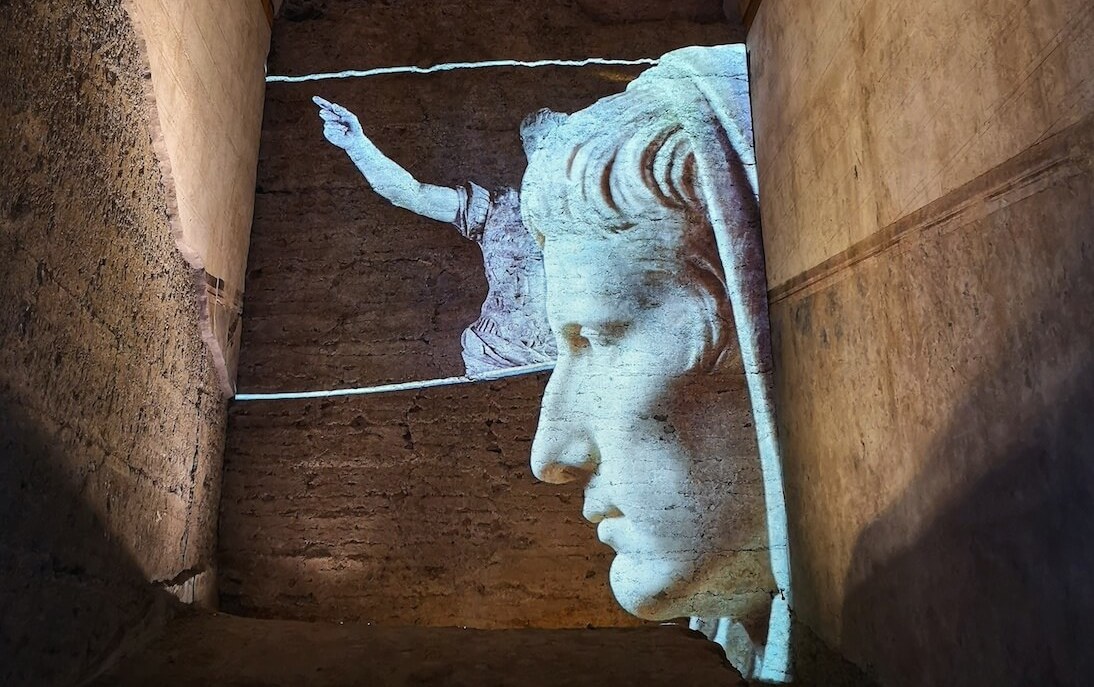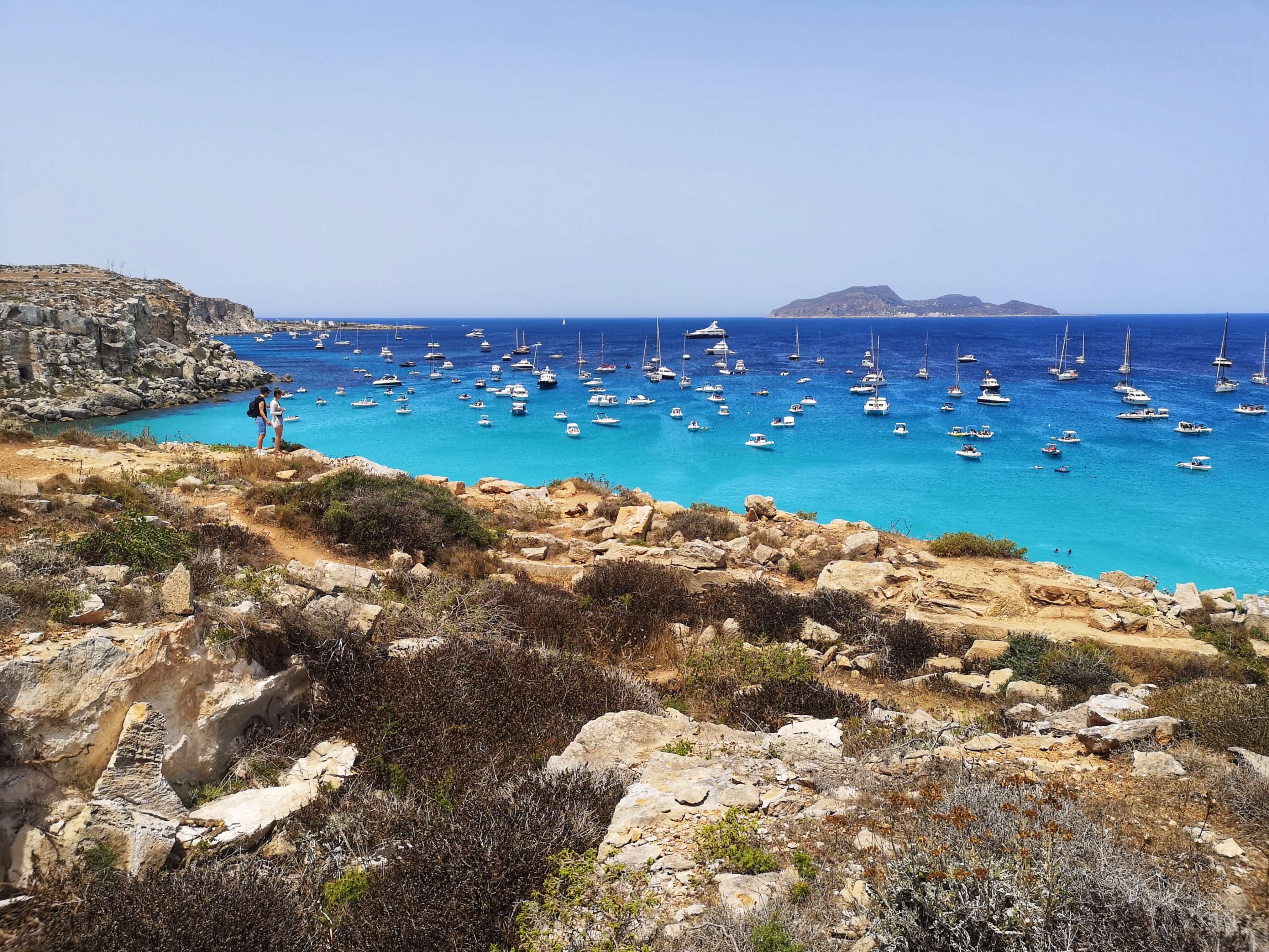Updated 15 August 2025
For most Italians, there are few more important dates in the calendar than August 15th. This is Ferragosto, the high point of the Italian summer - a day when the whole country seems to press “pause” at the same time. In the days leading up to it, the signs are everywhere: shutters clanging closed over shopfronts, highways humming with cars bound for the coast, and chatter in cafés turning to beach umbrellas, mountain hikes, or long family lunches.
On Ferragosto itself, cities empty, beaches fill, and Italy slips into full holiday mode. It’s a moment that blends the sacred and the secular - rooted in both ancient Roman festivals and the Catholic feast of the Assumption - and over the centuries it has become a national ritual of rest and celebration.
Whether you find yourself in a quiet, sun-dappled piazza or swept up in a seaside party, Ferragosto is the Italian summer distilled: blazing sunshine, good food, and the sense that for one golden day, the whole country is moving to the same rhythm. But why August 15th, and how did this tradition take shape? And what does Italy actually do to celebrate? Let’s dive in.
The Origins of Ferragosto

On the Christian calendar August 15th marks the feast of the Assumption, celebrating the miracle of the Virgin Mary ascending body and soul to heaven at the moment of her earthly demise.
As the year’s most important feast day dedicated to Marian devotion, the Assumption has long held much significance in Catholic countries, and you’ll be likely to see spectacular processions dedicated to the Virgin Mary on this date wherever you are in Italy.
But the Italian holiday of Ferragosto has much more ancient roots. Ferragosto derives from the Latin ferie Augustae, or festivals of the emperor Augustus, which were celebrated in antiquity from 18 BC when the emperor instituted a day of rest on the first day of August to mark a famous military victory.
The ferie Augustae weren’t the only August festivals celebrated in ancient Rome, and came to form part of the longer Augustali, a rest period during the long, hot days of high summer after the intense labour of the harvest season that included various festivities, games and celebrations. Eventually, the ferie Augustae and the feast of the Assumption merged to become Italy’s most important summer holiday.
During the 1920s and 1930s the Fascist state sponsored subsidised vacations for workers at Ferragosto, firmly establishing the tradition of travelling to another region to celebrate the holiday.
What happens on Ferragosto?
To cut a long story short, basically everybody goes on holiday — but how they do it is half the story. If you’re in a major Italian city on August 15, don’t be surprised to find it feeling almost eerily calm, as if the volume’s been turned down. Locals have traded their commutes for swimsuits, swapping office desks for sun loungers on the coast, shady lakeside retreats, or cool mountain villages. The migration starts in the days before, with highways and train stations heaving as families, groups of friends, and even whole neighborhoods head off together.
By Ferragosto morning, chiuso per ferie (“closed for holidays”) signs will hang in shop windows, many restaurants will be shuttered, and corner cafés may be dark — though in tourist hotspots you’ll still find a few places open for business. On the plus side, cities like Rome and Florence will be much less crowded than at other times of the summer, with traffic-clogged roads and chaos a distant memory. And with museums and attractions mostly remaining open, this can be a good time to visit sites like the Colosseum and Uffizi gallery.
In seaside towns, it’s a very different picture: parasols packed shoulder to shoulder on golden sands, beach bars in full swing, and families unpacking coolers for epic lunches. In rural areas and small towns, you might find sagre (local food festivals), concerts in the piazza, or open-air dances that go late into the night. Fireworks are common in many regions, and religious processions dedicated to the Virgin Mary will feature in towns up and down the peninsula.
What to Do in Rome on Ferragosto

Ferragosto may turn much of Rome into a calm, quiet canvas - but that doesn’t mean there’s nothing to enjoy. Ferragosto is celebrated with street festivals, beach parties, fireworks, musical concerts, dances, and (of course) much feasting. While the Vatican Museums are closed and many shops and restaurants are shuttered, plenty is still going on. You can join locals for the Assumption celebrations at Santa Maria Maggiore, stroll through the near-empty historic center, or linger in green havens like Villa Borghese and the Villa Doria Pamphilj. Many state-run museums and archaeological sites stay open (check ahead to confirm), and riverside stalls and music continue at the Lungo il Tevere festival.
If you’re going to be in Rome around Ferragosto then you could do also do worse than to follow the locals and head to the beach (click here for our guide to the best beaches near Rome) or cool off at one of region’s numerous lakes, whose crystal cool waters are the perfect salve for the dog days of the Italian summer. Or head to Siena, where the iconic horse race known as the Palio takes place on August 16th.
Here are some top picks for celebrating Ferragosto in Rome:
- Attend Mass or Observe Religious Rites — Saint Peter's Basilica hosts one of the city’s most beautiful Assumption Day ceremonies.
- Visit Roman Museums & Archaeological Sites — Many remain open despite the holiday (but the Vatican Museums are closed).
- Enjoy the Lungo il Tevere Summer Festival — Food stalls, artisan markets, and live music along the Tiber.
- Take a Day Trip to Nearby Retreats — Cool off in Tivoli’s fountains, Castel Gandolfo’s lake, or Ostia’s golden sands.
- Embrace Quiet Parks & Piazzas — Villa Borghese, Villa Doria Pamphilj, and Villa Torlonia are perfect for a picnic.
For more inspiration — including details on these activities — check out our guide to summer in Rome here.
Coming to Rome this summer? Let us help you make the most of it - with expert-led tours, insider tips, and unforgettable experiences tailored to the season! For 25 years, Through Eternity have been organizing itineraries showcasing the best of Rome led by our resident expert guides. If you're planning a visit to the Eternal City this year, be sure to get in touch to help plan your perfect trip.
MORE GREAT CONTENT FROM THE BLOG:
- The Best Things to Do in Rome this Summer
- Everything you Need to Know About Visiting Rome in 2025
- Visiting Rome on a Budget
- How to visit the Colosseum in 2025: Tickets, Hours, and More
- 7 Things you Need to Know About the Trevi Fountain
- Visiting the Vatican Museums and St. Peter's Basilica: The Complete Guide
- 9 Things You Need to Know About the Pantheon in Rome
- 5 Reasons to Explore Italy with Through Eternity
- The Best Catacombs to Visit in Rome





